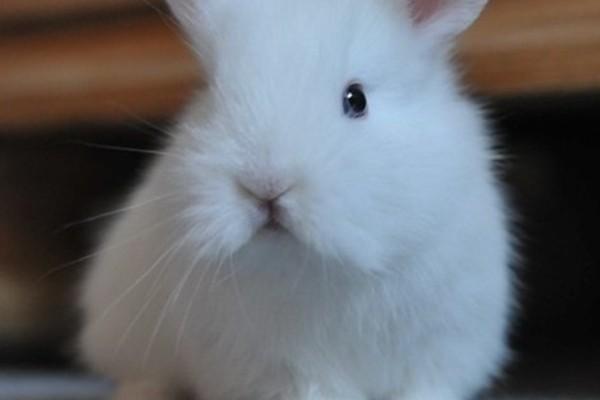Big White Rabbits Are Fluffy

I have been scuba diving for some years now and finally decided that I should become a useful member of the team, so I am currently in the final stages of my Dive Master qualification. Sounds grand, but anyone who knows scuba diving will tell you the Dive Master is the Instructor’s gopher.
Jokes aside, a Dive Master (DM) can be a valuable link between students and Instructors. Someone who they feel they can easily go to for advice and guidance. As such it is important that a DM embodies the best possible safety practices. One of the most fundamental safety practices in diving is the buddy check. A buddy check is a pre-dive safety procedure where two divers inspect each other’s gear and readiness before entering the water. It’s a systematic review of equipment, buoyancy control, weights, releases air supply and final okay signals often remembered by the acronym BWRAF (BCD, Weights, Releases, Air, Final check) or if you’re looking for a handy mnemonic Big White Rabbits Are Fluffy.
Taking students through this learning curve, I have found that relating the procedures to practical things I, or others, have experienced in real diving scenarios helps reinforce the importance of the process. It is far more memorable when people understand the ‘why’s’ behind the ‘what’s’. In teaching others to carry out buddy checks I found it was increasingly reinforcing to me the importance of this crucial step and actually made me consider how potentially sloppy mine had become over time.
I remember diving in Egypt. I had been there for nearly two weeks with the same team, we were over 20 dives in and knew each other well. What started out as a good buddy check on day one, for me, was beginning to slide into a simple ‘are you good?’ Diving with the same experienced person, I trusted him to be ready and he trusted me and every dive had been a good one. Then one day on the second dive we were getting ready for a reasonably drifty entry – the time when you are jumping off the back of a non-moored boat and it needs to be right. We stood on the platform at the back of the boat, asked each other if we were good, both said yes and jumped. On the surface we signalled that we were ok and descended. Well, I descended but my buddy didn’t. He couldn’t get under as he had forgotten to put his weight belt on. Now this is not disastrous or life threatening, but what it did involve was a very hard swim back to the boat against the current to get his kit. It also involved holding the rest of the team up who had decided to wait.
Now, no one was hurt, but it actually really bothered my buddy who, thinking he had made a stupid mistake, felt really bad. As a result, he decided not to do the deeper dive the next day on a fantastic wreck, as he believed his head might not be in it. Truth was though, it was not all his mistake, it was equally my mistake. I was his buddy and it was my responsibility to visually check him over. Instead, I took it for granted that this dive would be the same as the last one. I was the embodiment of a bad diver and a bad buddy. Diving is a team sport and all divers should look out for each other, divers who don’t are divers you don’t want to dive with. It was a learning experience for me as I never want to be that diver.
This incident took my mind back to work and pre-task safety briefings. Many times, I have seen safety briefings that were simply going through the motions, especially on routine jobs where people were seen as experienced and competent. The job was good last month, last week, yesterday, nothing’s changed so it should be fine today, in fact the more we do it the safer we get... right. To a degree there’s truth in this, the more we do something the better we become. This familiarity, however, can sometimes open the window to complacency and as the old saying goes ‘complacency is the unwanted inheritance of success’. We do not become complacent through failure.
Perhaps when conducting ‘routine’ safety briefings we should take a step back and consider just a few basic things to help combat over familiarity.
· How would I give this briefing if I was to give it to someone less experienced?
· What if we were doing this job for the first time?
· Why am I giving this briefing, why is it important?
· What could go wrong if I missed a step?
I don’t know what a handy acronym would be for this but perhaps we all need a big white rabbit to jog our memory sometimes.
Shaun Curry specialises in Behavioural Safety, you can get in touch with him via shaun@2macs.com







